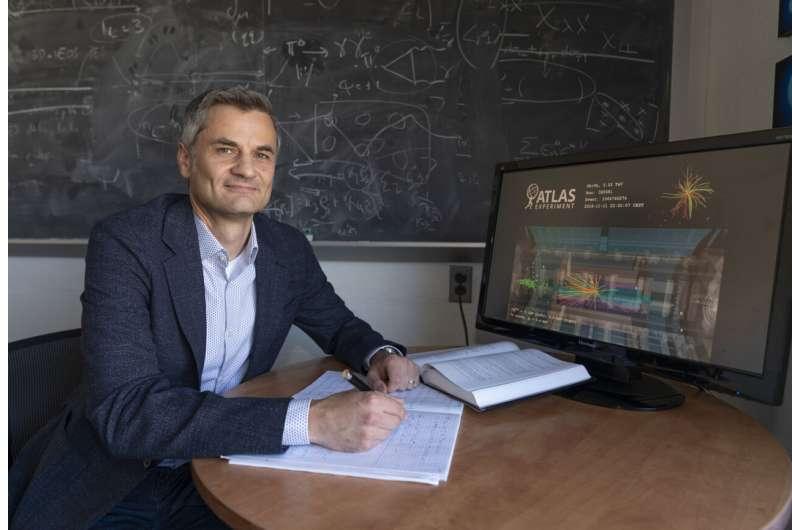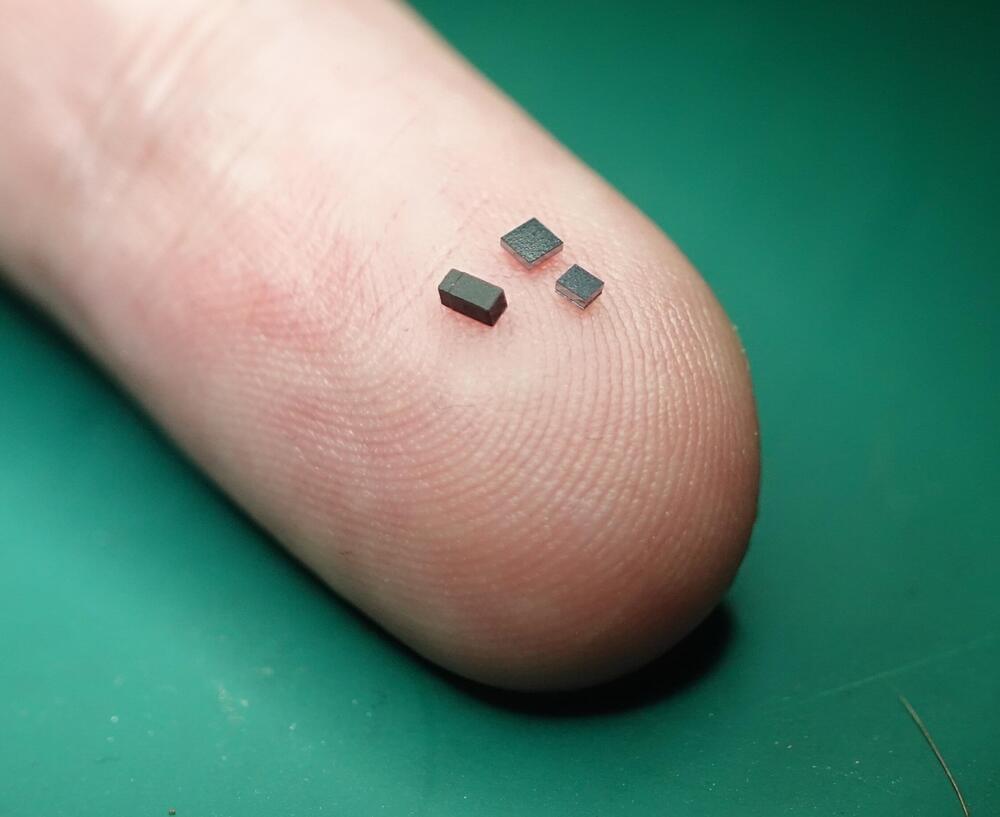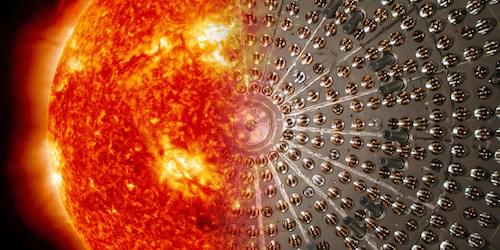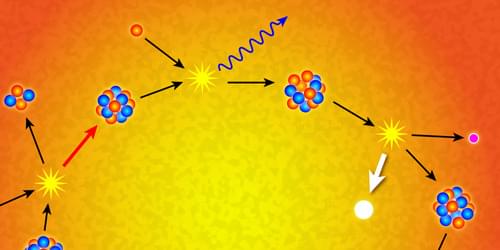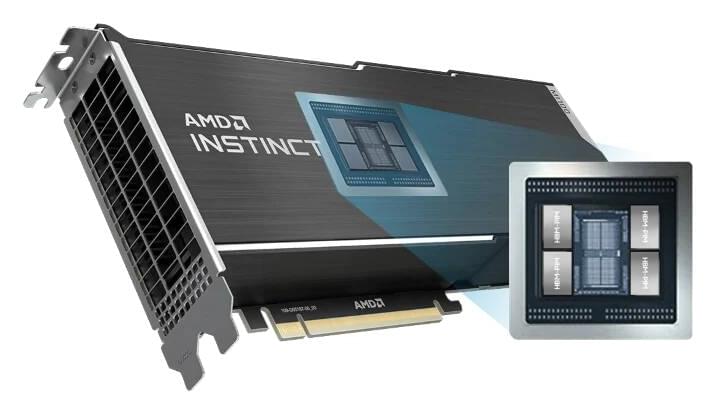Plus there’s a PoC for this unpatched Cisco bug.
WASHINGTON — The United Nations General Assembly approved a resolution calling for a halt to one type of anti-satellite (ASAT) testing, a largely symbolic move intended to support broader space sustainability initiatives.
The resolution, introduced by the United States and several other nations, was approved by the U.N. General Assembly Dec. 7 among dozens of other resolutions on arms control and related topics with little discussion or debate. A total of 155 nations voted in favor of the resolution, with 9 voting against it and 9 others abstaining.
The resolution calls on countries to halt destructive testing of direct-ascent ASAT weapons, citing concern that such creates large amounts of debris that threaten the safety of other satellites. An example is the November 2021 ASAT test by Russia that destroyed the Cosmos 1,408 satellite, creating nearly 1,800 tracked pieces of debris and likely many more objects too small to be tracked. About a third of the tracked debris from that test was still in orbit nearly a year later.
A new computational analysis by theorists at the U.S. Department of Energy’s Brookhaven National Laboratory and Wayne State University supports the idea that photons (a.k.a. particles of light) colliding with heavy ions can create a fluid of “strongly interacting” particles. In a paper just published in Physical Review Letters, they show that calculations describing such a system match up with data collected by the ATLAS detector at Europe’s Large Hadron Collider (LHC).
As the paper explains, the calculations are based on the hydrodynamic particle flow seen in head-on collisions of various types of ions at both the LHC and the Relativistic Heavy Ion Collider (RHIC), a DOE Office of Science user facility for nuclear physics research at Brookhaven Lab. With only modest changes, these calculations also describe flow patterns seen in near-miss collisions, where photons that form a cloud around the speeding ions collide with the ions in the opposite beam.
“The upshot is that using the same framework we use to describe lead-lead and proton-lead collisions, we can describe the data of these ultra-peripheral collisions where we have a photon colliding with a lead nucleus,” said Brookhaven Lab theorist Bjoern Schenke, a co-author of the paper. “That tells you there’s a possibility that in these photon-ion collisions, we create a small dense strongly interacting medium that is well described by hydrodynamics—just like in the larger systems.”
Light-weight and flying robots the size of small insects could have highly valuable real-world applications, for instance supporting search & rescue missions, inspections of hazardous sites, and even space exploration.
Despite their potential, the realization of these robots has so far proved difficult, particularly due to technical issues encountered when trying to stabilize their flight and artificially replicate the innate hovering capabilities of insects.
Researchers at University of Washington have recently developed a flight control and wind sensing system that could help to tackle this challenging robotics problem, finally enabling the stable flight of robots even as small as a gnat. This system, introduced in Science Robotics, is based on the use of accelerometers, a sensor that can measure the acceleration of any moving device, object or body.
Measurements of solar neutrinos proved that our star is powered by nuclear reactions and has brought to light many other details about the Sun’s inner workings. They also led to the discovery of neutrino oscillations—a phenomenon that is difficult to reconcile with established theories. Current neutrino research mostly relies on neutrinos generated on Earth by reactors and accelerators. But some physicists argue that there is still a lot to be done with neutrinos generated in the Sun. A new generation of solar-neutrino experiments may help in solving outstanding questions about both neutrinos and solar physics, these scientists say.
The study of solar neutrinos began in the late 1960s. Using a detector filled with dry-cleaning fluid and placed in South Dakota’s Homestake gold mine, physicist Raymond Davis and his colleagues observed the first neutrino signal from the Sun. They were surprised, however, to find that the number of neutrinos was one third of what models predicted—a mystery that led to a “neutrino gold rush,” with many new experiments staking claims to different energy and length scales related to the neutrino behavior. Eventually, physicists explained the missing neutrinos as resulting from oscillations between neutrino flavors (see Nobel Focus: Neutrino and X-ray Vision). These oscillations implied that neutrinos have mass, in tension with the standard model of particle physics.
The study of neutrino oscillations continues with efforts to pin down the neutrino masses and mixing parameters that determine the oscillating behavior. The main target, however, is no longer solar neutrinos. “The majority of the community, by a large margin, is focused on accelerator neutrinos,” says Michael Smy from the University of California, Irvine. The reason for this shift, he says, is that an accelerator experiment can explore higher-energy neutrinos and control the source-detector distance over which oscillations may occur. Researchers can also switch the accelerator on and off, which helps remove certain backgrounds.
A study of neutrinos from the Sun has measured the signal from the so-called CNO cycle, offering a direct measure of the elemental abundances in the Sun’s core.
Solar neutrinos are copiously produced by hydrogen fusion reactions in the Sun’s core. Therefore, they are the direct evidence that the Sun is powered by nuclear reactions. Measurements of solar neutrinos have provided information about the temperature and density of the solar interior, but uncertainties remain about the chemical ingredients. Now the Borexino Collaboration reports a new measurement of the neutrino flux produced by the so-called CNO hydrogen burning cycle in the Sun [1]. This cycle—which requires the presence of carbon ©, nitrogen (N), and oxygen (O)—produces neutrinos that carry enormous diagnostic power relating to the properties of the solar interior. By measuring these neutrinos, the collaboration provides a precious piece of information about the elemental makeup of the Sun, bringing us closer to resolving a controversy that has plagued solar physics for over 20 years [2].
Stars spend about 90% of their lifetimes fusing hydrogen into helium, producing two neutrinos in the process. The pp chain—or proton–proton chain—and CNO cycle are the two fundamental modes by which stellar fusion occurs. Whether a star is dominated by the pp chain or the CNO cycle depends on its core temperature, which is primarily determined by the mass of the star. In the Sun and similar low-mass stars, the pp chain generates almost all the nuclear energy; the CNO cycle is the main power source for more massive stars. The pp chain is a series of nuclear reactions that require no additional nuclei besides hydrogen as fuel. By contrast, the CNO cycle relies on the presence of C, N, and O nuclei as catalysts in the production of helium (Fig. 1). In the Sun, this catalytic process introduces a linear dependence between the amount of C, N, and O and the flux of CNO neutrinos. Thus, CNO neutrinos are a powerful tool for probing the chemical composition in the Sun’s core.
“It’s very impressive, the performance they’re able to achieve on some pretty challenging problems,” said Dr. Armando Solar-Lezama at MIT, who was not involved in the research.
The problems AlphaCode tackled are far from everyday applications—think of it more as a sophisticated math tournament in school. It’s also unlikely the AI will take over programming completely, as its code is riddled with errors. But it could take over mundane tasks or offer out-of-the-box solutions that evade human programmers.
Perhaps more importantly, AlphaCode paves the road for a novel way to design AI coders: forget past experience and just listen to the data.
For the first time in history, US scientists at the National Ignition Facility at the Lawrence Livermore National Laboratory in California successfully produced a nuclear fusion reaction resulting in a net energy gain. Science educator Bill Nye explains why this is such a big breakthrough. #CNN #News
Kindly see my latest FORBES article:
In the piece I explore some of the emerging tech that will impact our coming year. Thank you for reading and sharing!
2022 was a transformative year for technological innovation and digital transformation. The trend will continue as the pace of innovation and development of potentially disruptive emerging technologies exponentially increases every year. The question arises, what lies ahead for tech for us to learn and experience in 2023?
While there are many impactful tech topics such as the Internet of Things, 5G, Space, Genomics, Synthetic Biology, Automation, Augmented Reality, and others, there are four tech areas to keep a keen watch on this coming year as they have promising and near-term capabilities to transform lives. They include: 1) artificial intelligence, 2) computing technologies, 3) robotics, and 4) materials science.


